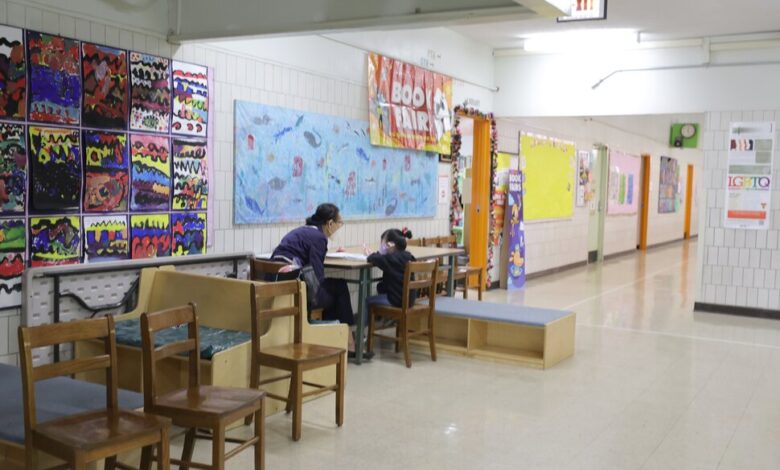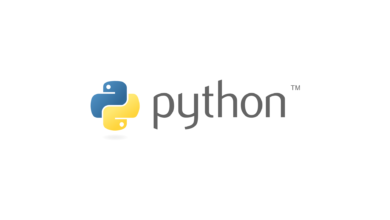How the Pandemic Devastated State-Run Early Education

The coronavirus pandemic wiped out a decade of progress in increasing preschool enrollment – slashing care for more than a quarter-million children – even as it led to major decreases in state investment and made it nearly impossible for operators to meet best practices.
While child care and preschool operators, teachers and parents have long lamented the pandemic’s impact on the early education system in the U.S. – one already rife with long-standing challenges surrounding access, cost and quality – a new assessment of state-funded care for 3- and 4-year-olds shows just how precarious the system is.
“The pandemic highlighted and exacerbated long-standing problems of inadequate enrollment, quality and funding,” said Steven Barnett, senior co-director and founder of the National Institute for Early Education Research.
“For the first time in at least 20 years, enrollment in state-funded preschool declined and the pandemic erased an entire decade of progress in preschool enrollment,” he said. “Challenges such as health risks, closed classrooms and remote classrooms disrupted an already fragile system.”
The 2021 State of Preschool report, published Tuesday by the institute, documents the impact of the pandemic on early education programs provided during the 2020-2021 school year, the first school year to be fully impacted by the COVID-19 disruptions.
Among other things, the report shows that enrollment in state-funded preschool dropped for the first time in 20 years, erasing a decade of growth and resulting in a decline of nearly 20%, or 300,000 children, in a single year. The greatest negative impact was on children from low-income families and racial and ethnic minorities.
Prior to the pandemic, six states – Florida, Iowa, Oklahoma, Vermont, West Virginia and Wisconsin – along with Washington, D.C., were serving at least 70% of 4-year-olds, and seven other states were in striking distance of hitting that same goal. Only Washington, which operates a universal prekindergarten program as part of its public school system, managed to maintain those high rates of enrollment, serving 84% of 4-year-olds and 64% of 3-year-olds.
In total, 26 states reduced spending on early education – a decrease of $254 million compared to the prior year. However, due to $440 million in federal COVID-19 aid, nine states were able to increase spending on preschool by more than $10 million, led by Maryland with an $84 million increase and New Jersey with a $78 million increase.
“States did a remarkable job to support their programs despite the pandemic, helped critically by the federal pandemic relief funds, which played a key role in preserving funding levels,” Barnett said. “Unfortunately, funding remains far short of what’s needed for high-quality programs, full-day programs.”
Strained budgets, staffing shortages and general health risks involved with operating early education programs impeded best practices for children, the report found, and meant the vast majority of providers were operating with inadequate quality and not able to provide developmentally appropriate activities.
“Many of us know how the pandemic set us back,” Health and Human Secretary Xavier Becerra said in a call with reporters. “It is critical that we learn from what the pandemic has taught us to move forward.”












